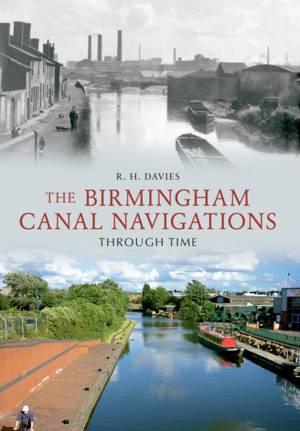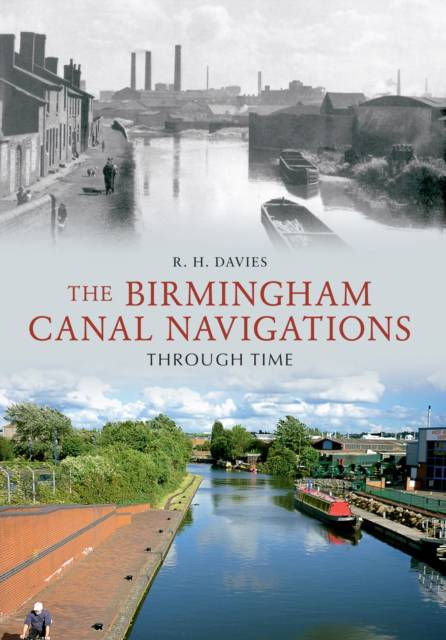
Door een staking bij bpost kan je online bestelling op dit moment iets langer onderweg zijn dan voorzien. Dringend iets nodig? Onze winkels ontvangen jou met open armen!
- Afhalen na 1 uur in een winkel met voorraad
- Gratis thuislevering in België vanaf € 30
- Ruim aanbod met 7 miljoen producten
Door een staking bij bpost kan je online bestelling op dit moment iets langer onderweg zijn dan voorzien. Dringend iets nodig? Onze winkels ontvangen jou met open armen!
- Afhalen na 1 uur in een winkel met voorraad
- Gratis thuislevering in België vanaf € 30
- Ruim aanbod met 7 miljoen producten
Zoeken
€ 22,45
+ 44 punten
Omschrijving
The Birmingham canals truly got underway following an advertisement in Birmingham's Aris's Gazette of 26 January 1767. The plan was to take a waterway from Wolverhampton to Birmingham with a branch to Lord Dudley's coal mines near Wednesbury, and this canal network continued to grow extensively until the 1860s. With the decline in the demand for coal after the Second World War, the BCN lost sixty of its miles, but it has nevertheless largely survived to the present day. R. H. Davies, author of Canal Crimes, takes the reader on a journey from Birmingham along the main line canal through Tipton and Oldbury, exploring the Dudley and Stourbridge canals, and continuing on to Walsall and Wolverhampton. He concludes with images of canals that have vanished over time and of the Black Country Living Museum, which preserves aspects of life in the Black Country that would otherwise be lost.
Specificaties
Betrokkenen
- Auteur(s):
- Uitgeverij:
Inhoud
- Aantal bladzijden:
- 96
- Taal:
- Engels
- Reeks:
Eigenschappen
- Productcode (EAN):
- 9781445602257
- Verschijningsdatum:
- 15/09/2010
- Uitvoering:
- Paperback
- Formaat:
- Trade paperback (VS)
- Afmetingen:
- 165 mm x 231 mm
- Gewicht:
- 276 g

Alleen bij Standaard Boekhandel
+ 44 punten op je klantenkaart van Standaard Boekhandel
Beoordelingen
We publiceren alleen reviews die voldoen aan de voorwaarden voor reviews. Bekijk onze voorwaarden voor reviews.











